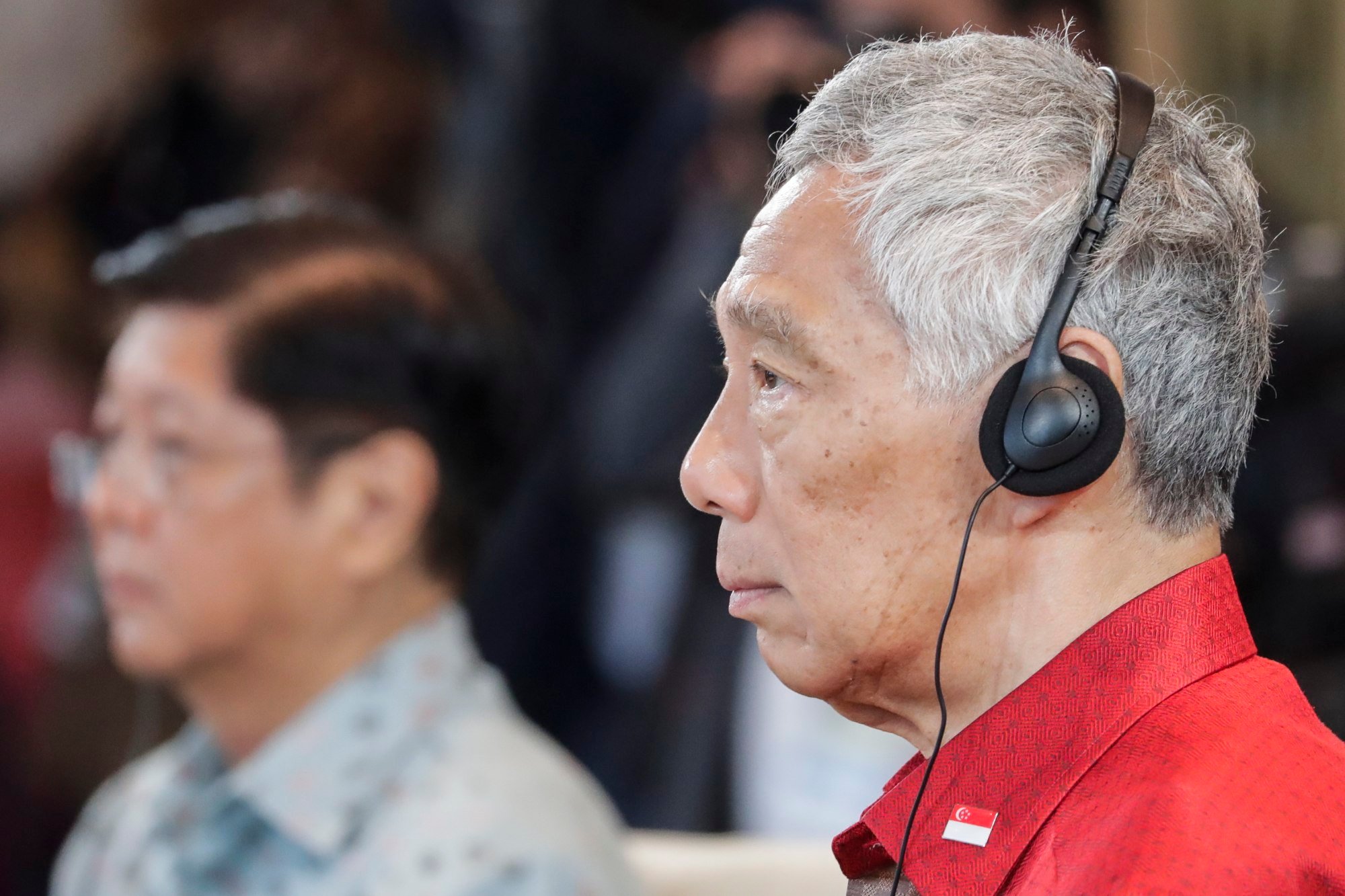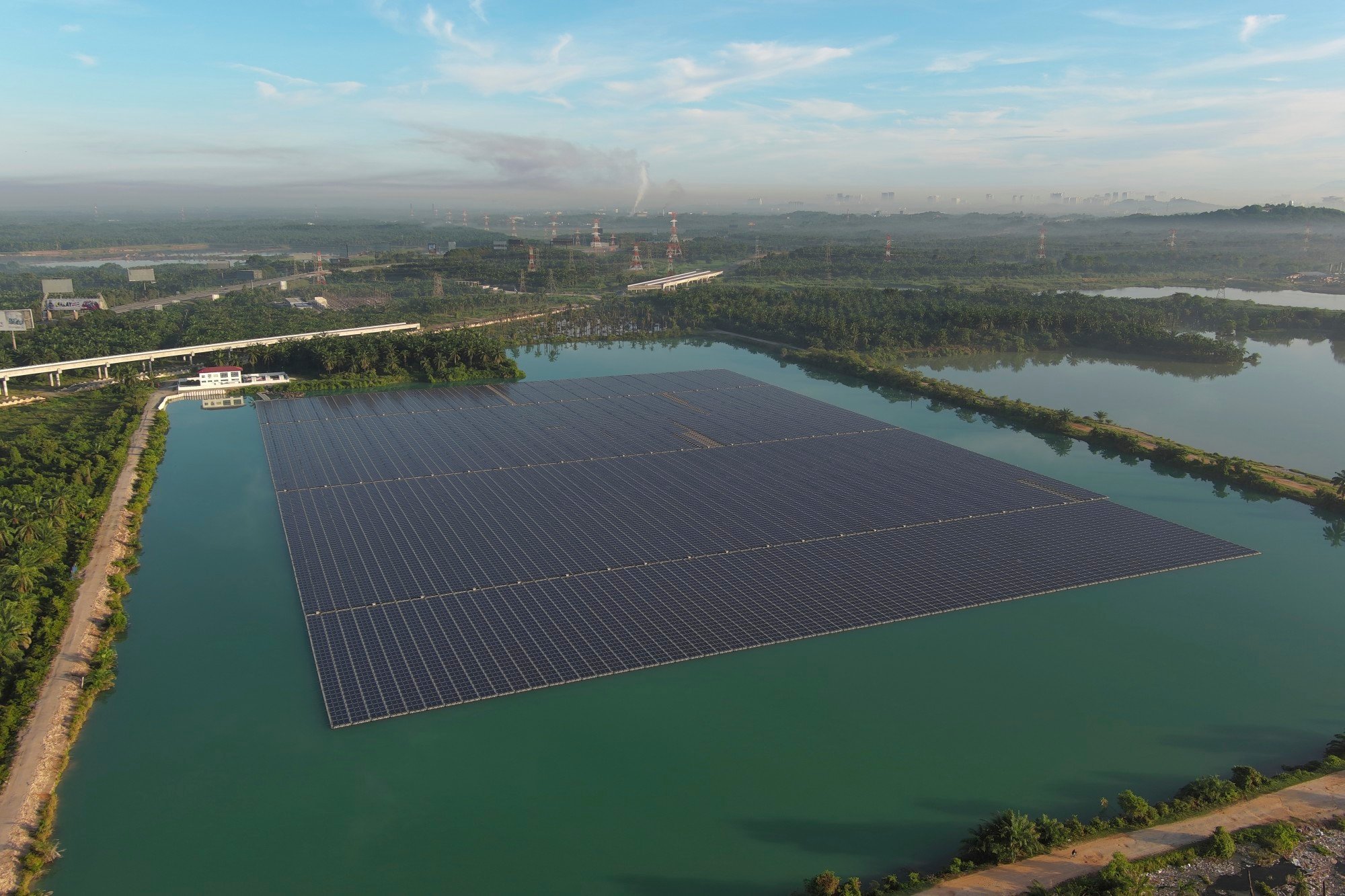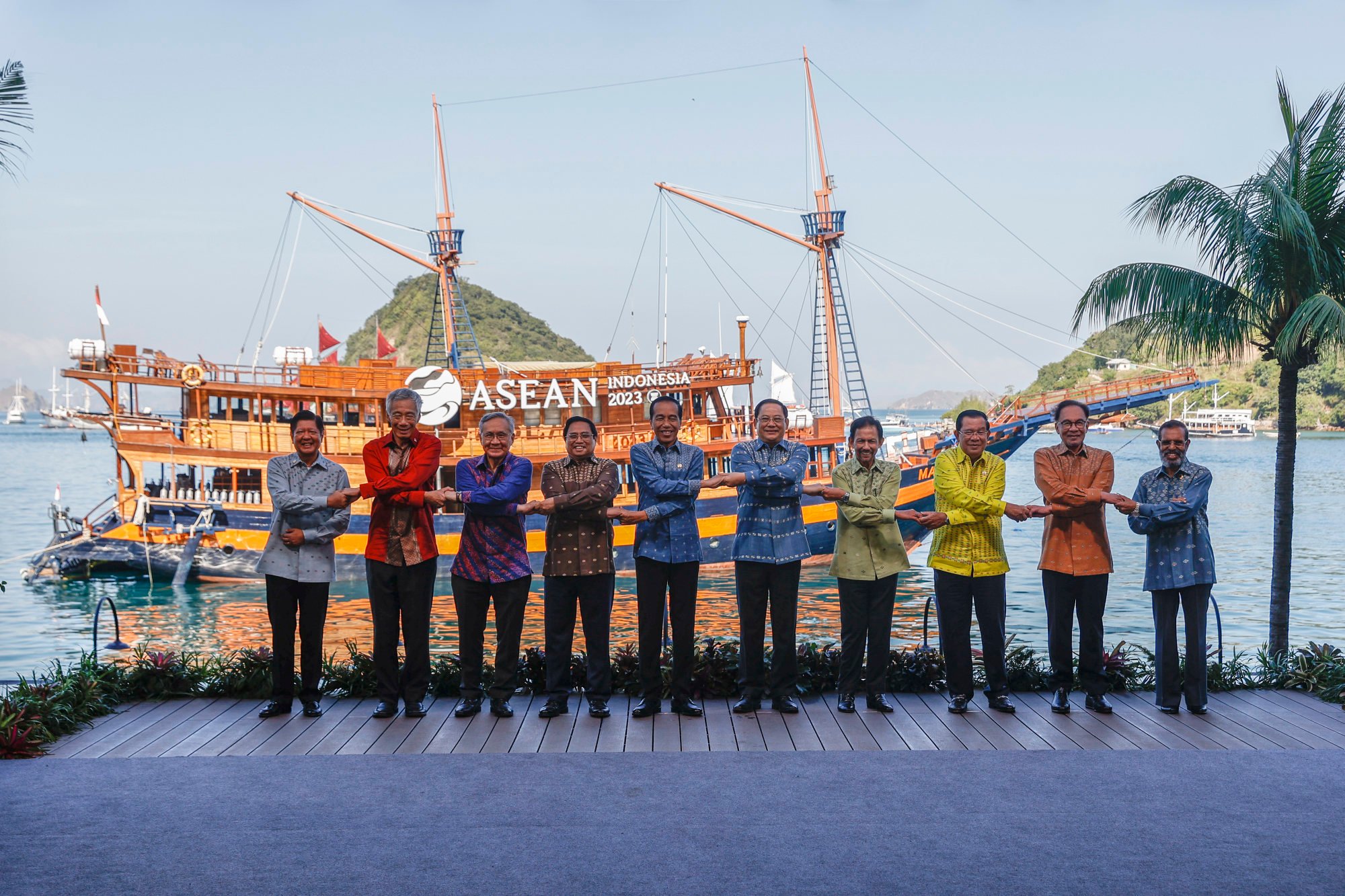
As Malaysia eyes renewable energy exports to Singapore, can it stick to its ambitious energy goals?
- Malaysia sees boosting renewable energy exports, principally to Singapore, as the logical way to fund its ambitious energy transition plans
- But analysts urge the government to prioritise domestic consumption of renewable energy-based electricity, to put the economy on a greener footing
The government estimates it will need over 630 billion ringgit (US$138.4 billion) over the next three decades to raise the share of renewables to 70 per cent of its total power generation, which is currently dominated by coal and natural gas.
Green hydrogen: Malaysia’s clean energy saviour or a ‘dangerous distraction’?
But with a steep national debt, limited infrastructure and gun-shy local investors, ramping up renewable energy exports – principally to Singapore – is seen by the government as the logical way to fund its own energy transition.
“The attraction of selling Malaysia-generated RE to Singapore is clear: Singapore has higher GDP per capita income and its strong currency improves the return on investment. Even so, this strategy is flawed,” said Nithi Nesadurai, regional coordinator for Climate Action Network Southeast Asia (Cansea).
The government should prioritise domestic consumption of renewable energy-based electricity, which would in turn lead to lower tariffs due to the cost advantage over fossil fuels, Nithi added.

But the burgeoning demand for a reliable source of renewable energy has come at a cost for Laos, which traded ecological conservation to build 70 dams – with at least a few more in the pipeline – in its quest to become the “battery of Asia”.
Will Laos’ bid to become ‘battery of Asia’ cause it to lose a Unesco site?
Rapid expansion of RE infrastructure could lead to a host of new problems for Malaysia if not managed properly, said Ahmad Afandi, a senior analyst with the Institute of Strategic and International Studies Malaysia (ISIS-Malaysia).
Ahmad said the government needed to develop a comprehensive and holistic plan to guide the industry to make sure it abided by global environmental sustainability standards from end to end and avoid sacrificing the environment and local communities.
“It’s important for the government to highly regulate the development in this industry – and not just leave it to the free market,” he said.
Concerns about Indonesian coal spread as Malaysia’s TNB seeks alternatives
Malaysia remains heavily reliant on coal and natural gas to power homes and industries, with renewables accounting for just 16 per cent of total electricity generation, predominantly from hydropower, according to latest data from the International Renewable Energy Agency (Irena).
Solar-power capacity accounted for 1,780MW in 2021, under a third of the 6,211MW of hydropower’s installed capacity.
The country’s energy transition, however, will hinge on harnessing its abundant sunlight.
Irena expects solar photovoltaic installations to boost capacity to 153 gigawatts by 2050. That could boost renewables to 89 per cent of Malaysia’s energy mix, the agency said.

Corporate muscle
In baby steps, Malaysia said it would invest 50 million ringgit this year to install rooftop solar infrastructure in government buildings and facilities.
Renard Siew, a climate change adviser with the Centre for Governance and Political Studies, said Malaysia’s decision to allow the sale of renewable energy to Singapore was “a step in the right direction” that would encourage more investments and creation of “green” jobs in Malaysia.
“It could also help foster stronger cooperation among Asean countries in RE,” Siew said.

But convincing prospective corporate partners to invest in expensive large-scale solar facilities to eventually sell RE to Singapore will require more than just lofty inspirational speeches, experts warn.
“To install (solar infrastructure) is one thing, to make it a Malaysian culture is another,” said Halmie Azrie, a senior analyst with government affairs consultancy Vriens & Partners.
The onus was on the government to provide regulatory support and train a large local talent pool for any major corporation considering pouring cash into the sector, he added.
“The projections were made to get investors on board and the government is providing an optimistic narrative because they believe support will come in,” he said. “Whether this will be successful is yet to be seen. Multinational companies will need to take the lead, but this will take a lot of discussions and all this will take time.”
Pitfalls of big business
To feed the industry during Malaysia’s economic boom years in the 1980s to 1990s, previous governments cut deals with corporate giants to create independent power producers (IPPs) that built and maintained power plants – fuelled by coal and natural gas.
The IPPs were set up under opaque terms that remain locked away under the Official Secrets Act.
What was made public was the fact that they had for decades benefited from the government’s broad subsidies on natural gas, which critics have said enabled IPP owners to make money hand over fist at the expense of taxpayers.
The government had gradually chipped away at those subsidies since 2010.
Will sustainable travel flourish in Malaysia post-pandemic?
But the government’s plan to pull in corporate funding to fast-track its energy transition carries a reminder of the risks of hooking in too tightly working with big businesses.
“The real potential of renewable energy is its ability to decentralise generation so that the community and the public are able to generate and use the electricity first,” said Cansea’s Nithi.
“They then export any surplus or import the deficit. This reduces the need to be reliant on large corporations as we are at present.”
ISIS-Malaysia’s Ahmad said the government could consider market-based instruments on climate change, such as carbon pricing, to fund the country’s energy transition, instead of falling back on the old strategy of privatisation.
“Overall, financing RE transition in Malaysia requires the carrot-and-stick approach under a larger, holistic green financing framework,” he said.


